Irradian PM203 Instruction Manual
Other Irradian Measuring Instrument manuals

Irradian
Irradian UV203-3 User manual
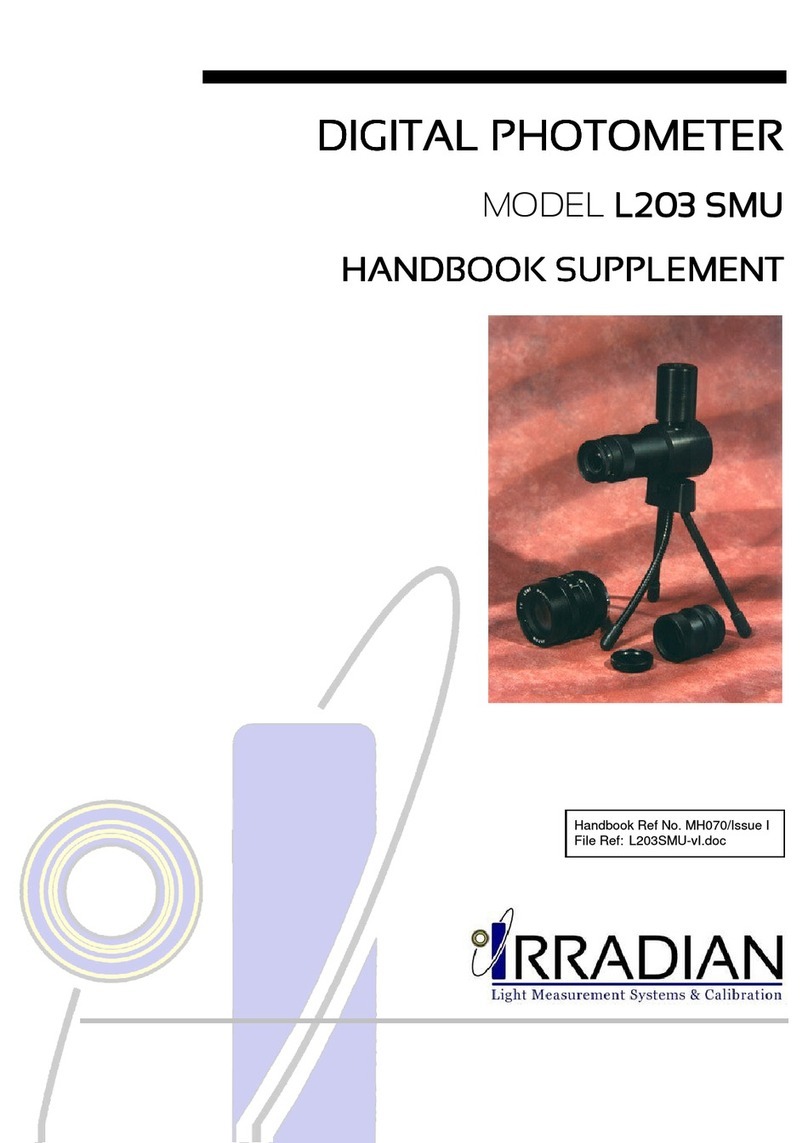
Irradian
Irradian L203 SMU User manual
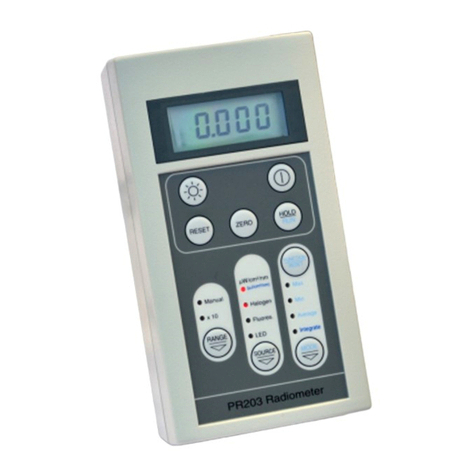
Irradian
Irradian PR203 Instruction Manual
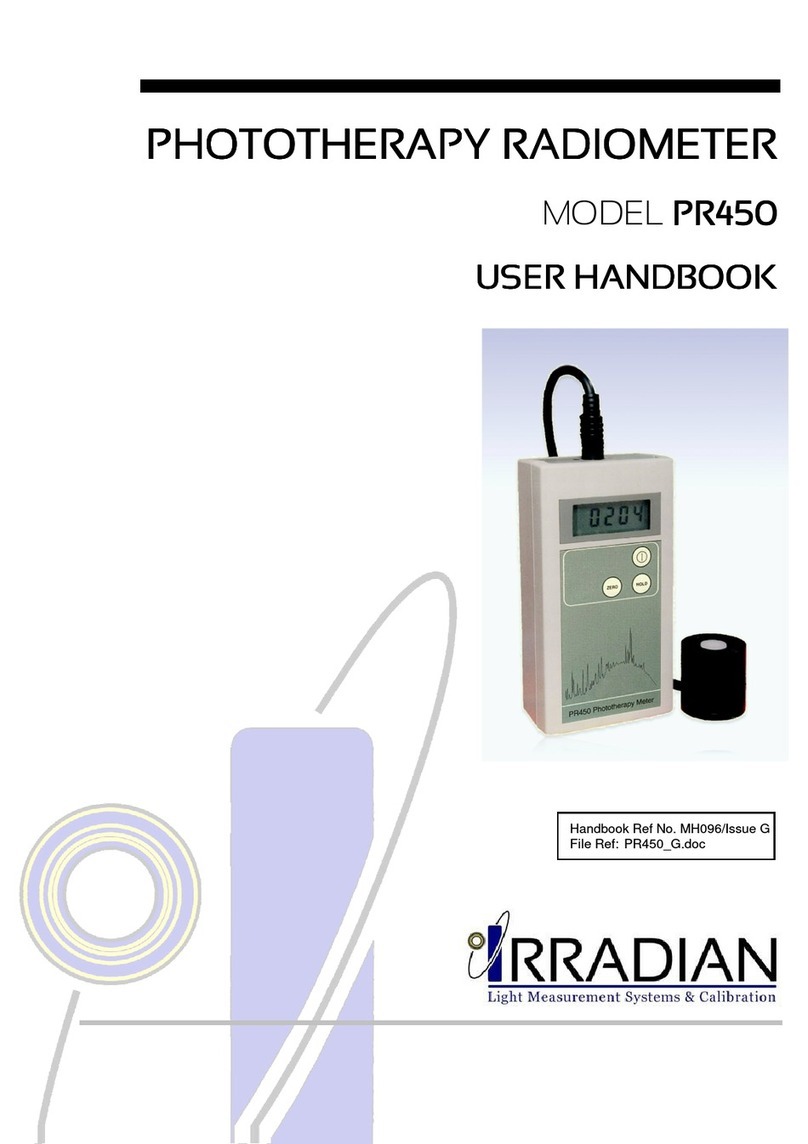
Irradian
Irradian PR450 Instruction Manual

Irradian
Irradian L203 Instruction Manual

Irradian
Irradian PR203 User manual
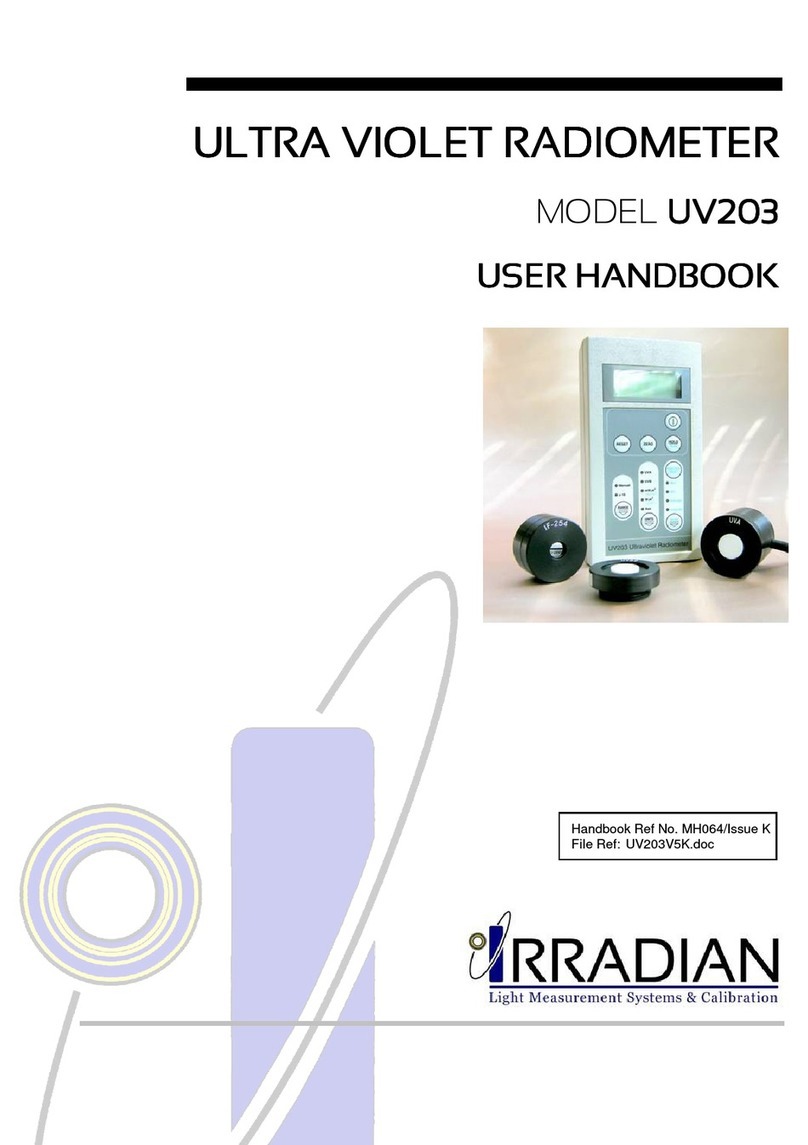
Irradian
Irradian UV203 Instruction Manual

Irradian
Irradian UV201 Instruction Manual
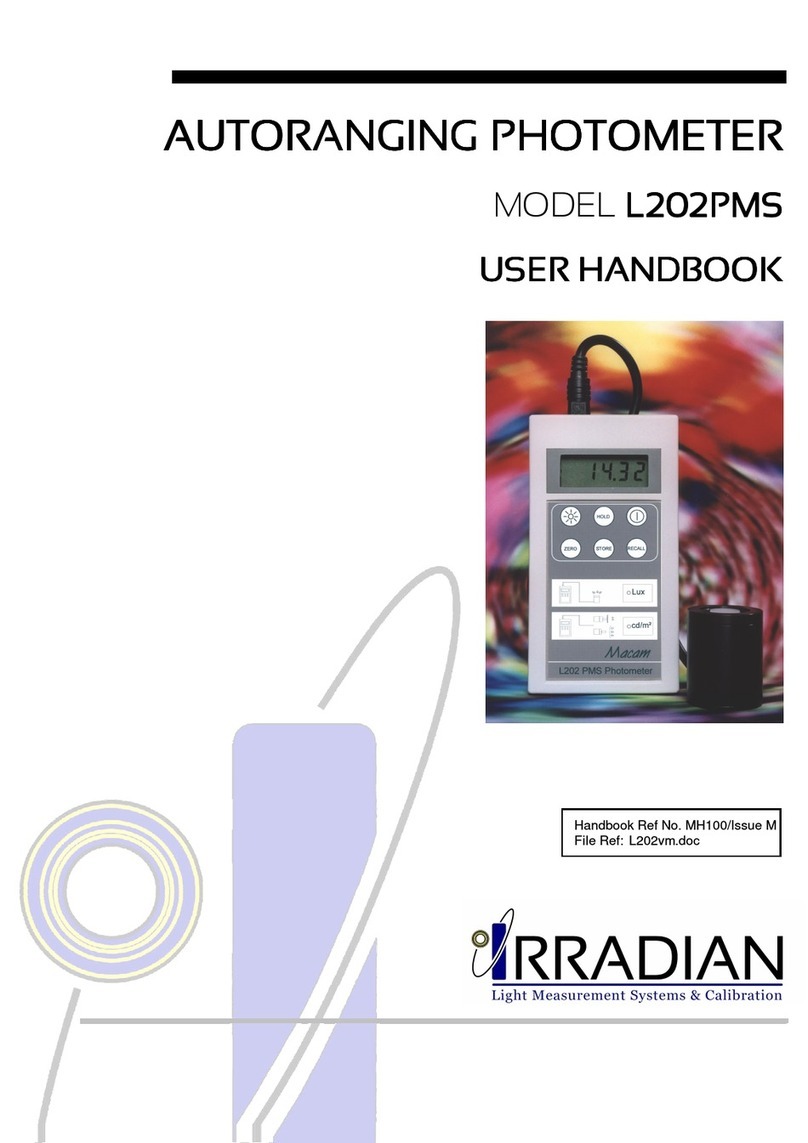
Irradian
Irradian L202PMS Instruction Manual
Popular Measuring Instrument manuals by other brands

Powerfix Profi
Powerfix Profi 278296 Operation and safety notes

Test Equipment Depot
Test Equipment Depot GVT-427B user manual

Fieldpiece
Fieldpiece ACH Operator's manual

FLYSURFER
FLYSURFER VIRON3 user manual

GMW
GMW TG uni 1 operating manual

Downeaster
Downeaster Wind & Weather Medallion Series instruction manual

Hanna Instruments
Hanna Instruments HI96725C instruction manual

Nokeval
Nokeval KMR260 quick guide

HOKUYO AUTOMATIC
HOKUYO AUTOMATIC UBG-05LN instruction manual

Fluke
Fluke 96000 Series Operator's manual

Test Products International
Test Products International SP565 user manual

General Sleep
General Sleep Zmachine Insight+ DT-200 Service manual















